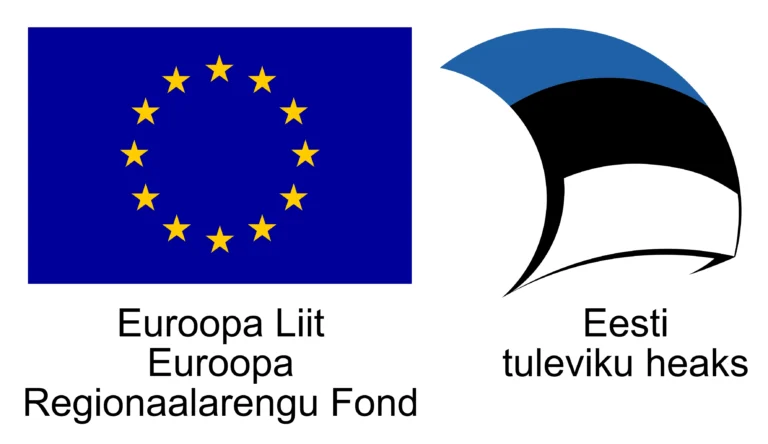Attractions in Rapla County
The twin-towered church and the colourful history of the manor house, the tracks of the savages and the ancient forts. Let Raplamaal tell your story!
Giidiga tuur klaasikunstnik Mare Saare näitusel MEENUTUSED
Näituse “Meenutused” ajendiks võib pidada Mare Saare juubeliaastat, mil kunstnik teeb tagasivaate oma läbitud loometeele ja toob Järvakandi Klaasimuuseumisse töid aastatest 1979 – 2025 sooviga uurida mõjutusi ja muutusi oma teekonnal koolipingist kunstiellu.
Palume giidiga tuur ette tellida.
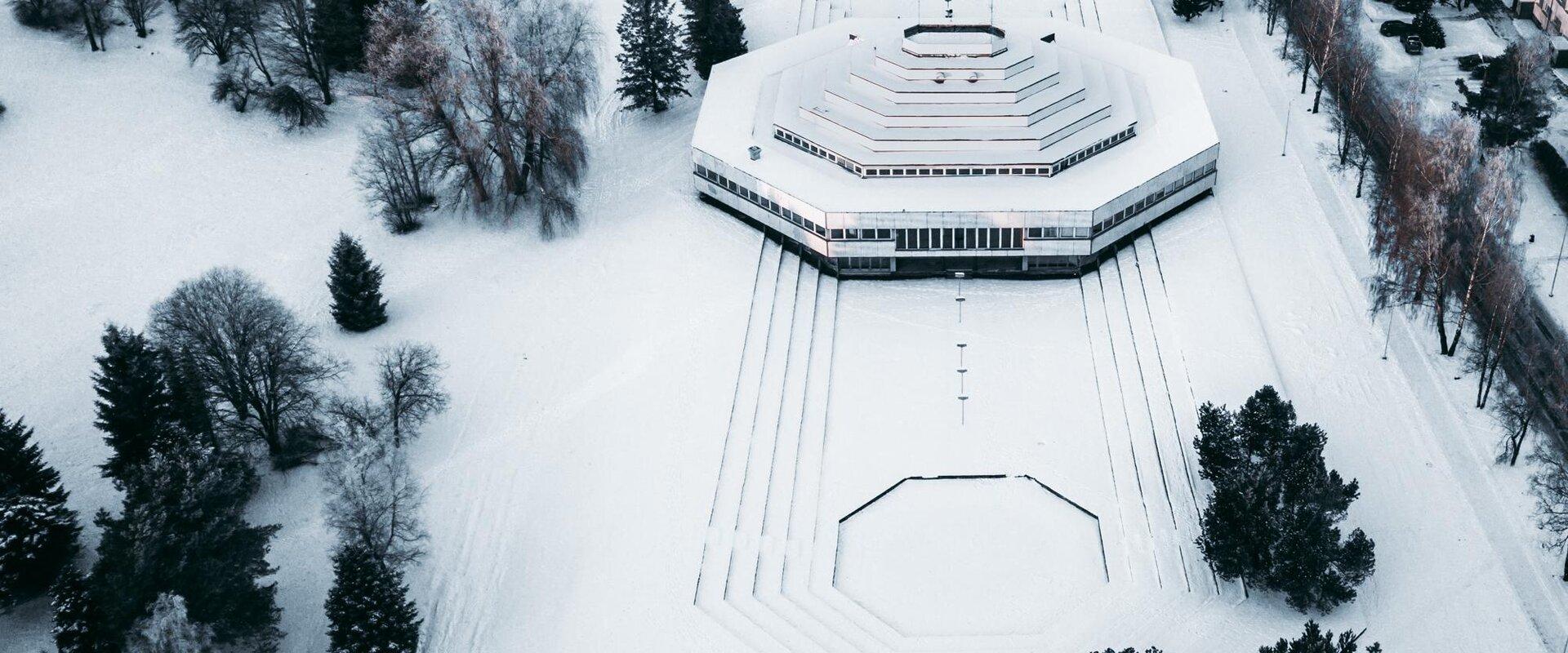
Okta Centrum
Discover this UFO-like architectural gem completed in 1977 in Rapla County!
This unique building located in the town of Rapla is a true monument to Soviet-era architecture, resembling a landed UFO with its bold design. Everything in the building centers on the octagon, from the floor plan to small details like trash cans. The octagonal pond next to the building creates a striking spatial reflection and complements its architectural charm. The designers of Okta Centrum, which is recognized as an Estonian cultural monument, are Toomas Rein and Aulo Padar.
Today, the house stands empty and can be viewed from the outside. With prior agreement, access to the interior is possible. Okta Centrum’s hall is perfect for hosting special events, seminars, and conferences, and can accommodate up to 300 people.
Come and discover this unique architectural marvel that embodies the spirit of the era and bold design, and awaits its next opportunity.
- (contact-phone-number)
- (location-city)
- (contact-email)
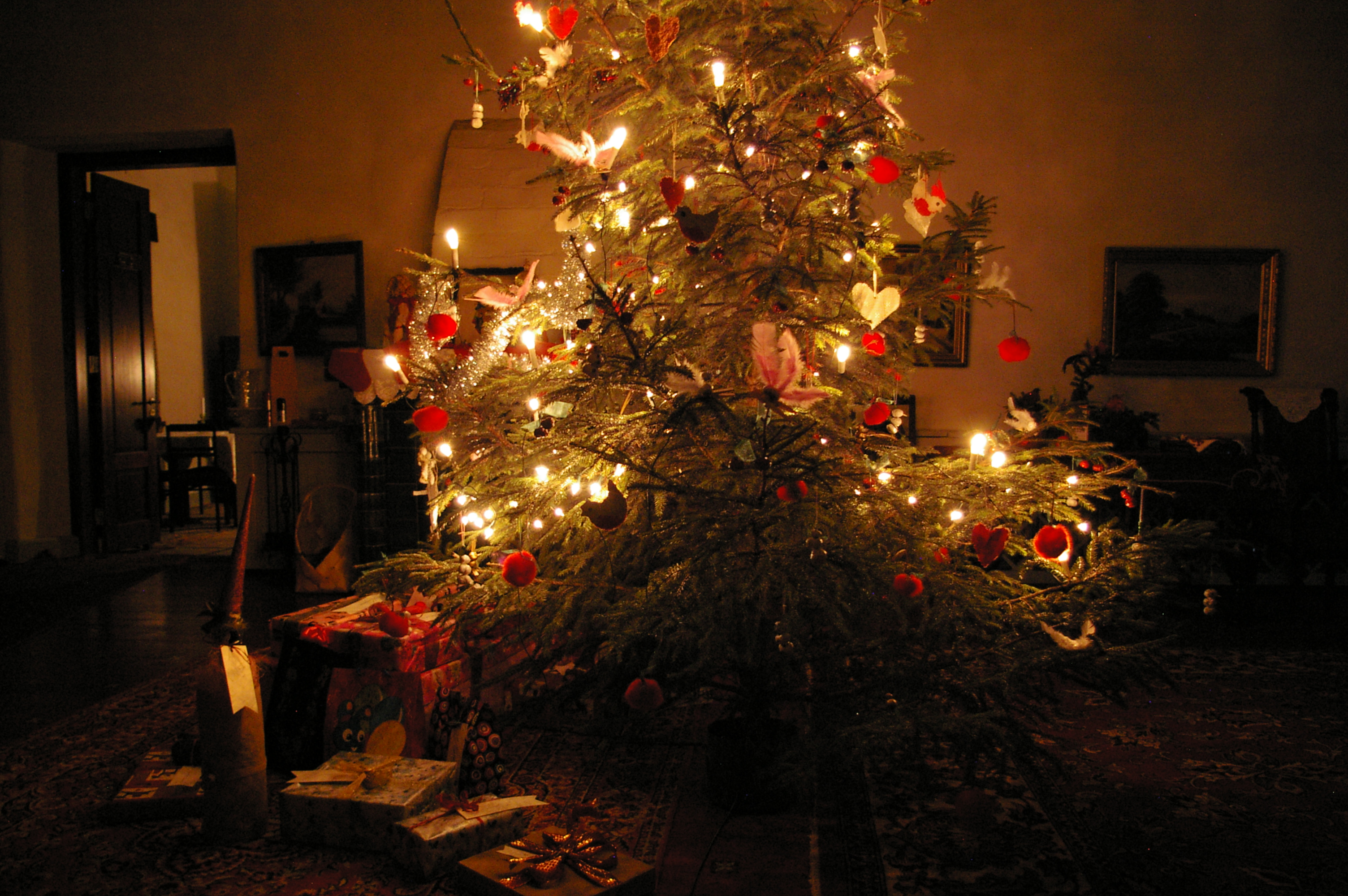
Atla Mõisa ekskursioonid
Mõisa pererahvas tutvustab mõisa ajalugu ning seda, kuidas tänapäeval mõisas elatakse ja toimetatakse. Käiakse ka Mõisakeraamika tehases ja lõpuks saab ostelda meie Mõisakeraamika poes ning puhata hubases Atla Mõisa kohvikus.
Eraldi on võimalik tellida ka ainult Mõisakeraamika tehase ekskursiooni, kus näitame kuidas valmivad Mõisakeraamika tooted.
Külastada saab ka Eesti Piparkoogi Muuseumi, kus tuvustame imelist piparkoogi ajalugu ning Atla mõisa Moosivabrikut, kus valmivad sinikuslapuu moosid.
Tule avasta Atla mõisa salapära!
Giidituur Rapla kesklinnas "Kolme pingi lood"
Rapla on armas väikelinn, mis peidab endas rohkelt lugusid ja ootab Sind neid avastama. Giidiga jalutuskäik viib Sind radadele, kus põimuvad kohalik ajalugu, inimeste unistused ja argised seigad. Kuulad lugusid tuntud ja vähemtuntud raplakate eludest, rõõmudest ja muredest – kõigest sellest, mis on kujundanud linna omapära.
Teekond kulgeb kirikuaiast raamatukoguni, pakkudes rahulikku jalutuskäiku ja võimalust märgata detaile, mille kõrval muidu mööda kiirustaksid. Giid-jutuvestja aitab majadel, tänavatel, puudel ja mälestusmärkidel justkui hääle saada – iga peatuse taga on oma lugu. Rapla õhk ja vesi on samuti osa jutustusest, andes aimu paiga rütmist ja meeleolust.
Tuuril kohtad ka kunstiliselt kujundatud mälestuspinke, mis toimivad kui väikesed teetähised. Kolm pinki, kolm peatust, palju lugusid – igaüks neist lisab jalutuskäigule oma värvi ja mõtte.
Kui soovid avastada Raplat nii, et linn ise Sinuga räägib, siis see giidituur on just Sulle.
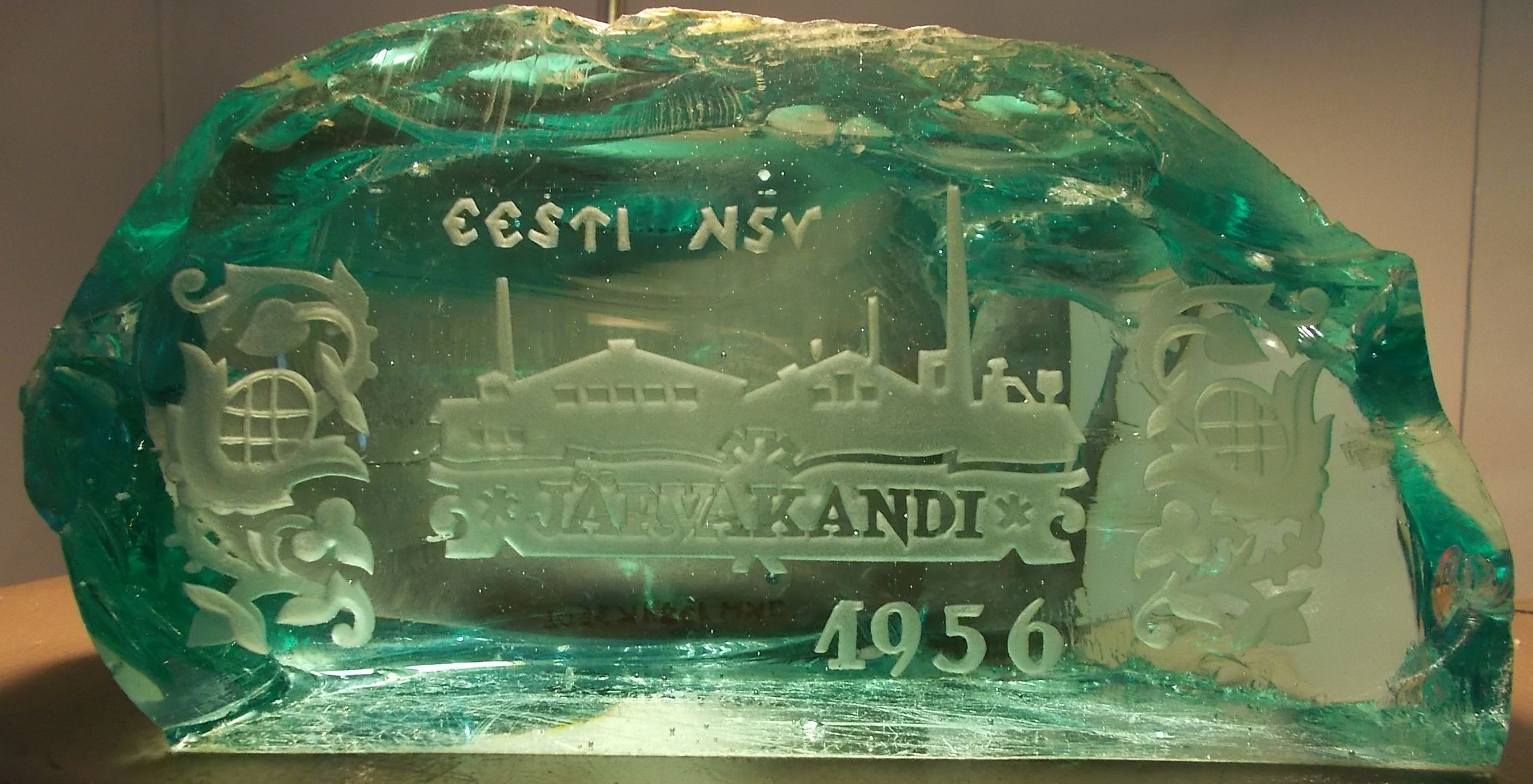
Järvakandi klaasimuuseumi avatud hoidla väljapaneku giidiga tuur
Muuseumi avatud hoidla näitus – 2800 klaasist eset.
Ainulaadne avahoidla näitus tutvustab klaasi ajalugu Eestis, millised nägid välja inimeste kasutuses olnud klaasist tarbeesemed läbi aegade, sh kõige tavapärasemad.
Museaalid on süstematiseeritud ajastute ja tooteliikide kaupa. Käsitletav ajaperiood on viimased 250 aastat. Avatud väiksematele gruppidele (kuni 15 in) ettetellimisel, soovi korral giidiga tutvustus.
Hoidlanäitusele sissepääs eraldi piletiga. Muuseumi pilet ei kehti.
NB! Asukoht on muuseumikompleksist 213m kaugusel.
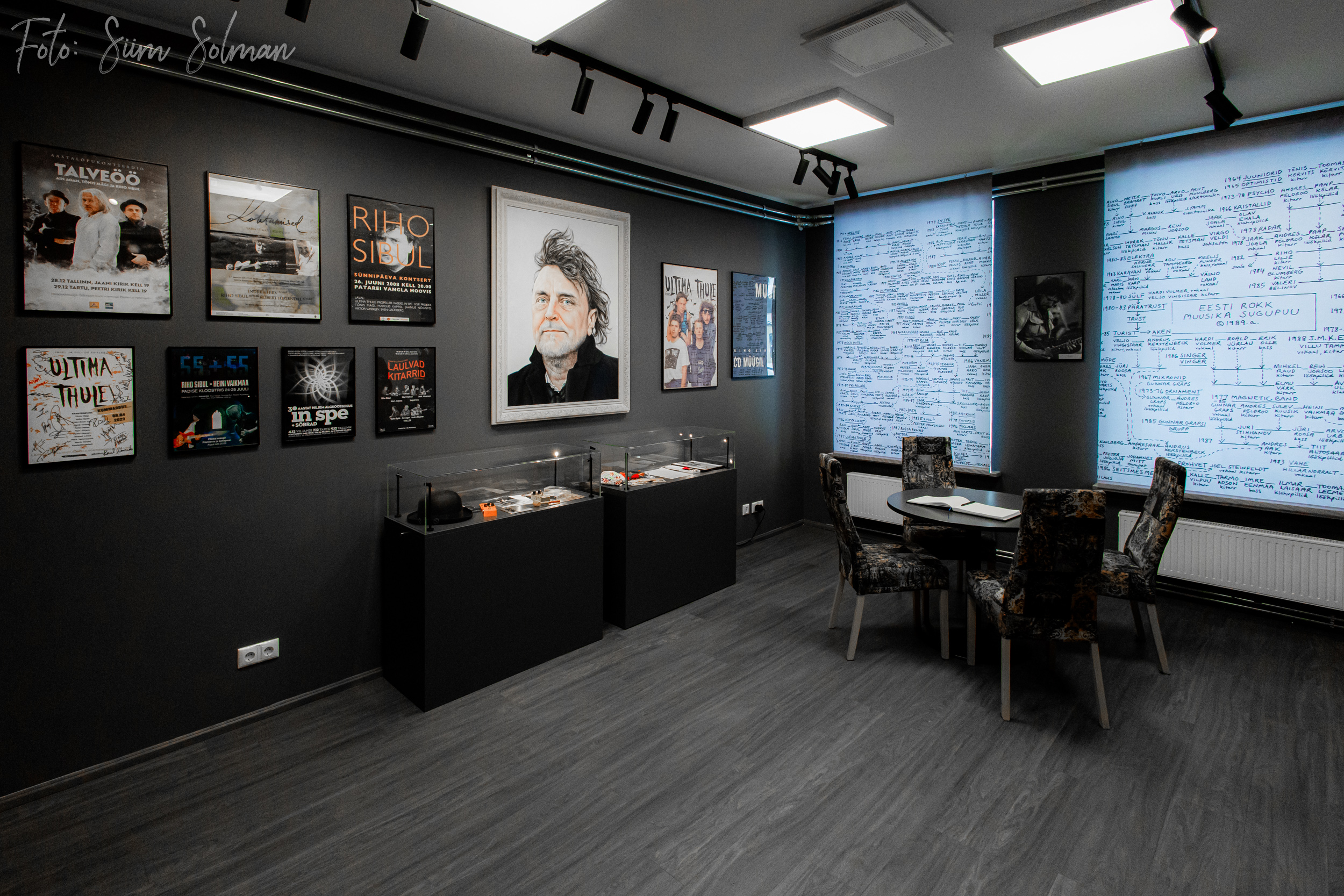
Riho Sibula tuba Raplas
28. novembril 2023 avati Rapla Kultuurikeskuses Riho Sibula pärandile pühendatud tuba. Riho Sibula toas on eksponeeritud Rihole olulisi asju, seal hulgas kaks tema võib-olla kõige olulisemat kitarri läbi tema loometee.
Lisaks on toas mõned isiklikud asjad, nagu piip ja meile kõigile tuntud kaabu ning spetsiaalselt Riho jaoks tellitud kitarriplokid, mis on tulnud meistri enda pühendusega Ameerikast.
Toast leiab suurepärase valiku plakateid, plaate ning loomulikult kuulub Riho juurde muusika ning tema loomingut on võimalik seal ka kuulata.
Riho Sibula tuppa pääseb kohvik Hollivuudist.
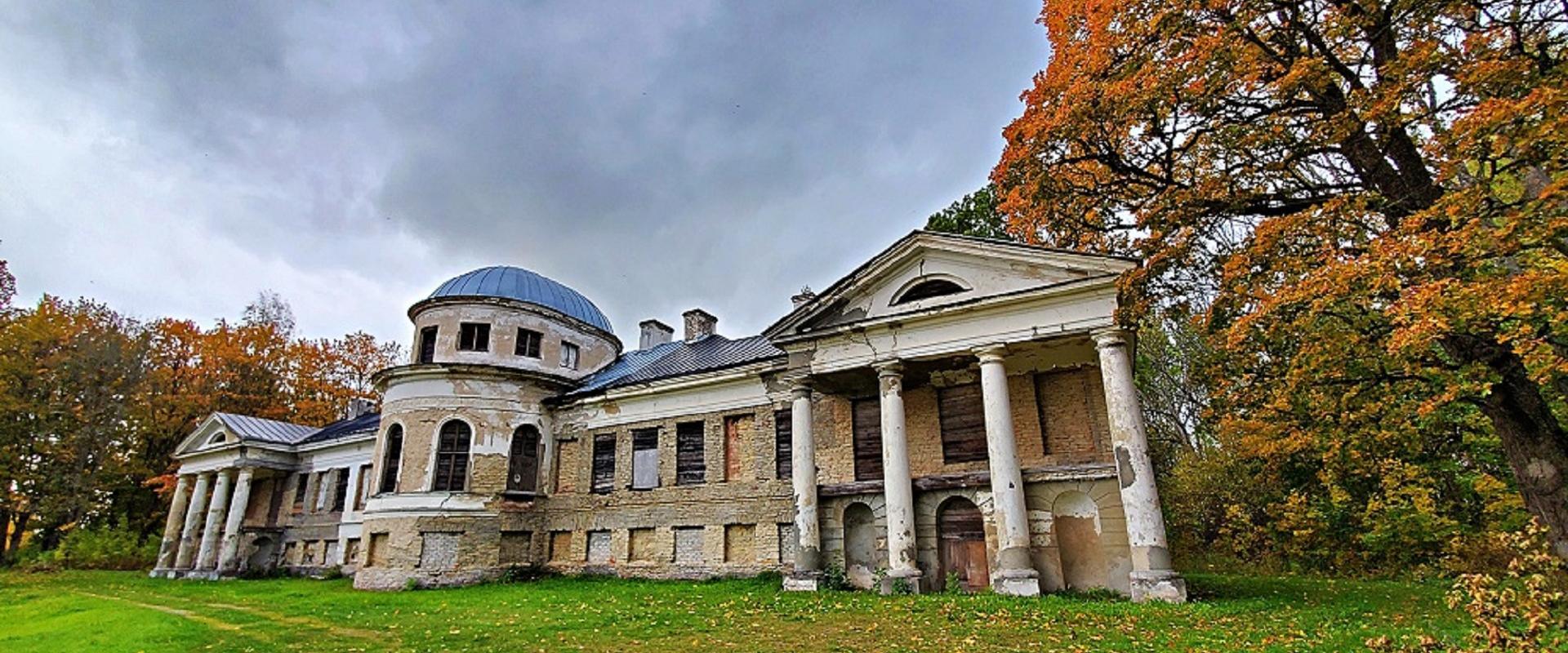
Hõreda mõis
Hõreda mõisa rajamist on esmakordselt mainitud 1627. aastal.
Alles 1812. aastal valminud klassitsistlik peahoone kuulub Eesti mõisaarhitektuuri tippude hulka – omaaegse hiilguse vaikne ja väärikas tunnistaja.
Suure kahekorruselise kivihoone keskosas asub kolmekorruseline kuppelehitis. Fassaadi külgmised tiibehitised on uhkete sammastega.
Mõisa saab vaadelda üksnes väljast ning sinna viib ainult jalgtee.
Peahoone ajahambast puretud fassaad on iga fotograafi unistus.
Astu ligi, rända ajas, jäädvusta hetki!
- (contact-phone-number)
- (location-city)
- (contact-email)
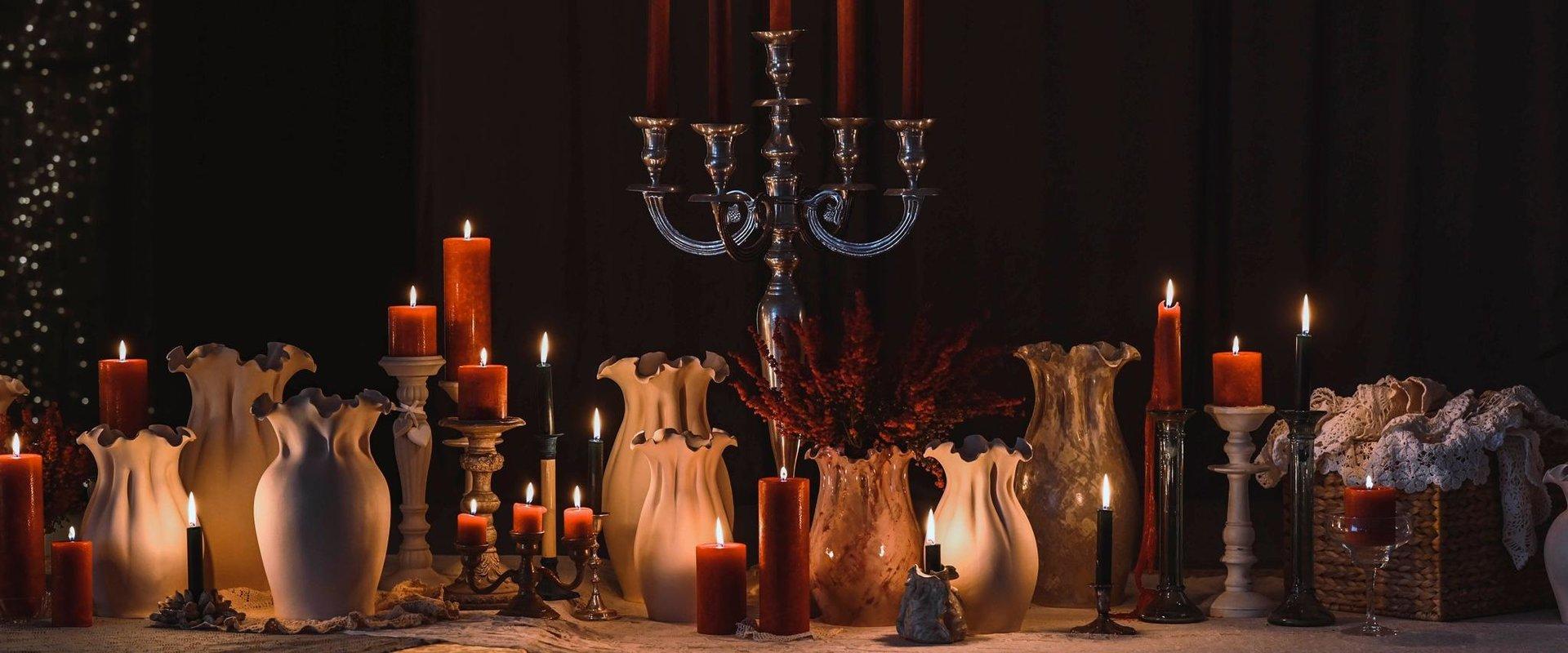
Workshop TaevaniMaani Meistrikoda
Come and prepare a beautiful and unique gift for yourself or a friend at the TaevasMaani Meistrikoda in Rapla. With the help of an instructor, we will prepare special and unique items in a charismatic and cosy room. You will be able to pick up your items after a few weeks.
On-site, you can also buy items prepared by masters, or come and try being a master yourself.
We also organise intimate concerts for small audiences. Additionally, we carry out birthday parties and invite professionals to share their knowledge.
The workshops are conducted only if booked in advance.
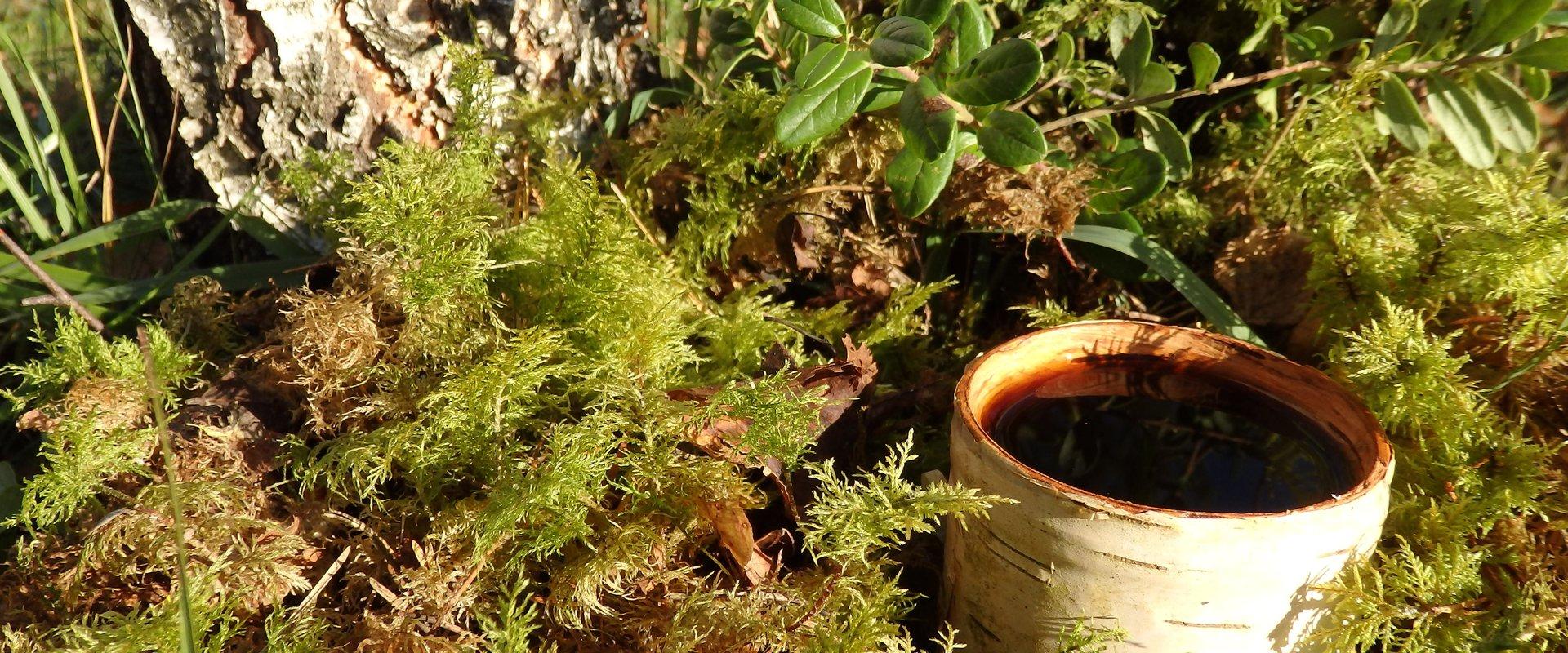
Rapla Elujõu Keskuse butiikpood- käsitsi valmistatud tervisetooted
Meie butiikpoes avastad looduse puhtad aarded, mis toovad tasakaalu ja elujõu igasse päeva.
Meie valikust on toidulisandite turuliider Eriti Vägev Musta Pässiku tõmmis, mis tugevdab immuunsust ja annab elujõudu.
Salvidest on lemmikuks Varemerohu salv, millest on abi liigestele ja lihastele.
Kui otsid midagi tõeliselt erilist, siis meie 22 erinevat taimevett on justkui looduslik eluallikas, mis värskendavad ja rahustab nahka.
Valmistame ka ehtsat kasetõrva seepi, mis hoolitseb naha eest.
Kasutame oma toodetes ainult hoolikalt valitud loodusande.
Tule ja koge ehtsat looduse väge otse tootjalt!
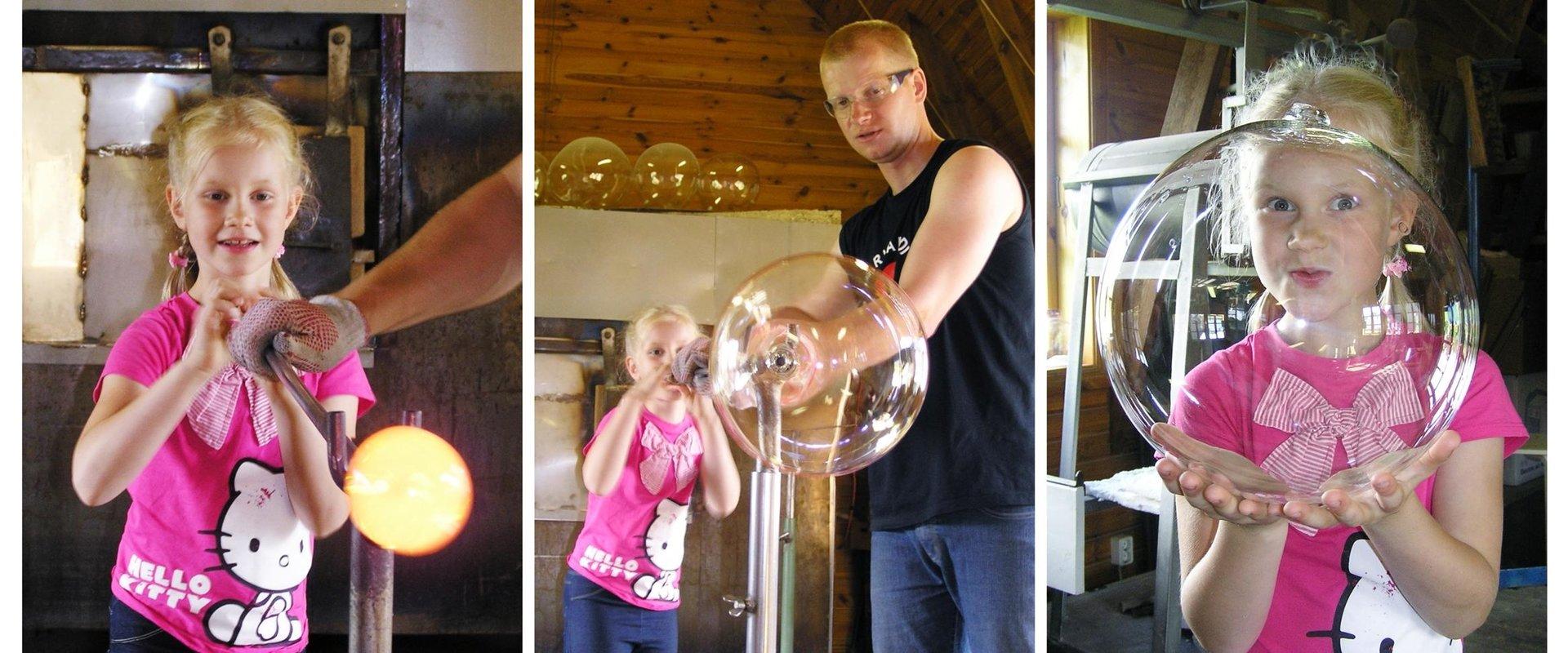
Klaasipuhumine Eesti klaasipealinnas Järvakandis
OÜ Klaasistuudio tegutseb 2006. aastast Järvakandi Klaasimuuseumi klaasikojas. Valmistame käsitööna klaasist nii tarbe- kui dekoratiivvorme.
Klaasimuuseumi lahtiolekuaegadel saab külastada ka töökoda, kus eelneval kokkuleppel on võimalik jälgida üle 1000-kraadisest klaasist klaasesemete valmistamise protsessi ja broneerida omale ka töötuba, et kuuma klaasi töötlemist ise proovida.
Tule klaasi puhuma!

Rapla central square
2018. Rapla’s central square, opened in 2007, is part of the “EV 100” programme, which has resulted in central squares in several other Estonian cities besides Rapla. The central square is covered with concrete slabs on a level surface and features a flag field, a colourful fountain, cycle parking, a playground, seating areas and landscaping.
There is a cosy café called “Hollivuud Lounge” on the central square, and on Thursdays there is an “OTT” (producer-to-consumer) fair.
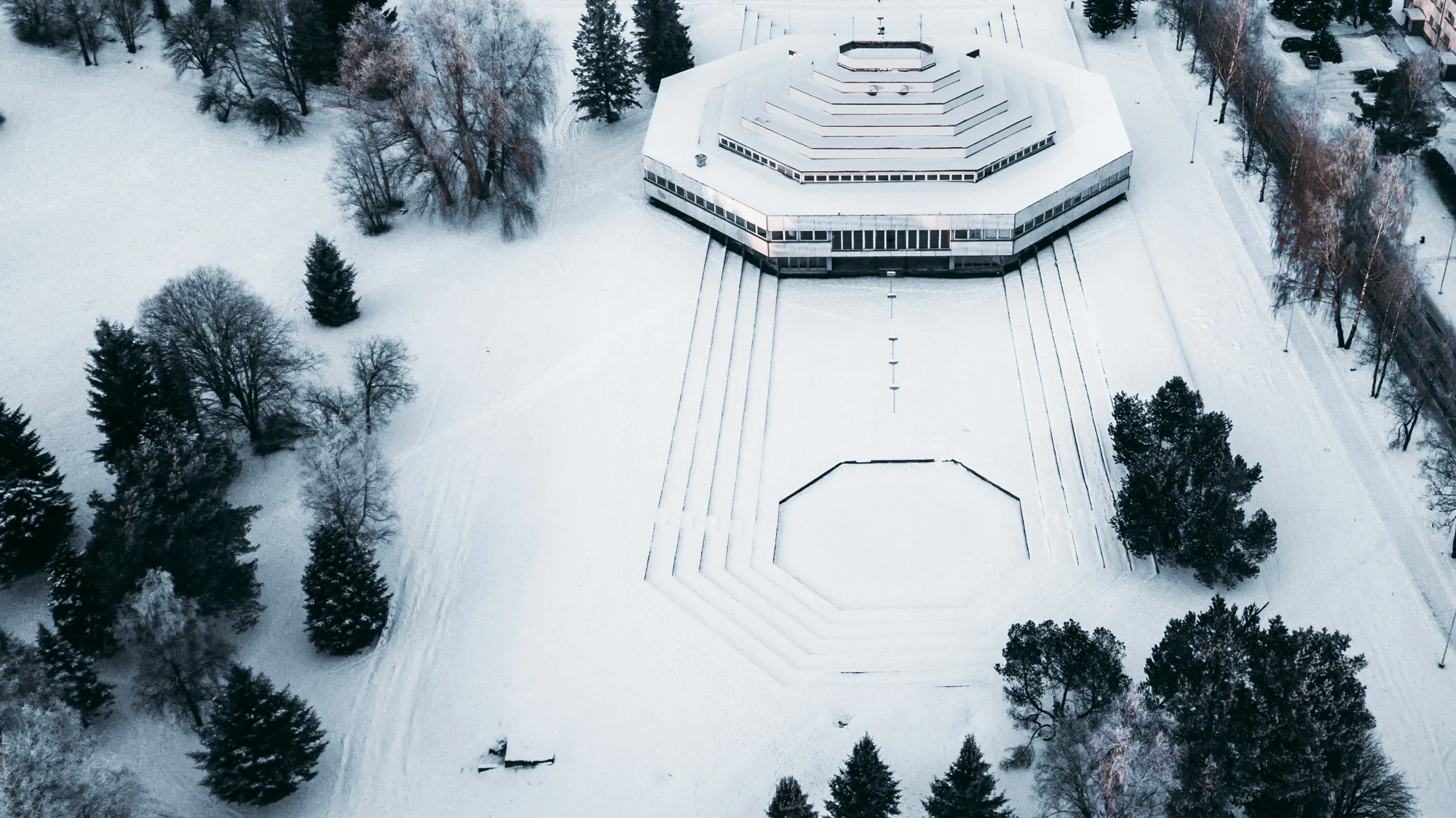
Octa Centrum
1977. Completed in 2005, the KEK building stands as a monument to Soviet-era architecture. The building resembles a landed UFO.
Interesting to know:
- Everything in the building is octagonal – the floor plan and even the bins.
- The octagonal pond, which appears to be a spatial reflection of the house, is effective.
- The architects of the building are Toomas Rein and Aulo Padar.
- During the Soviet era, people from all over the Soviet Union visited the special building.
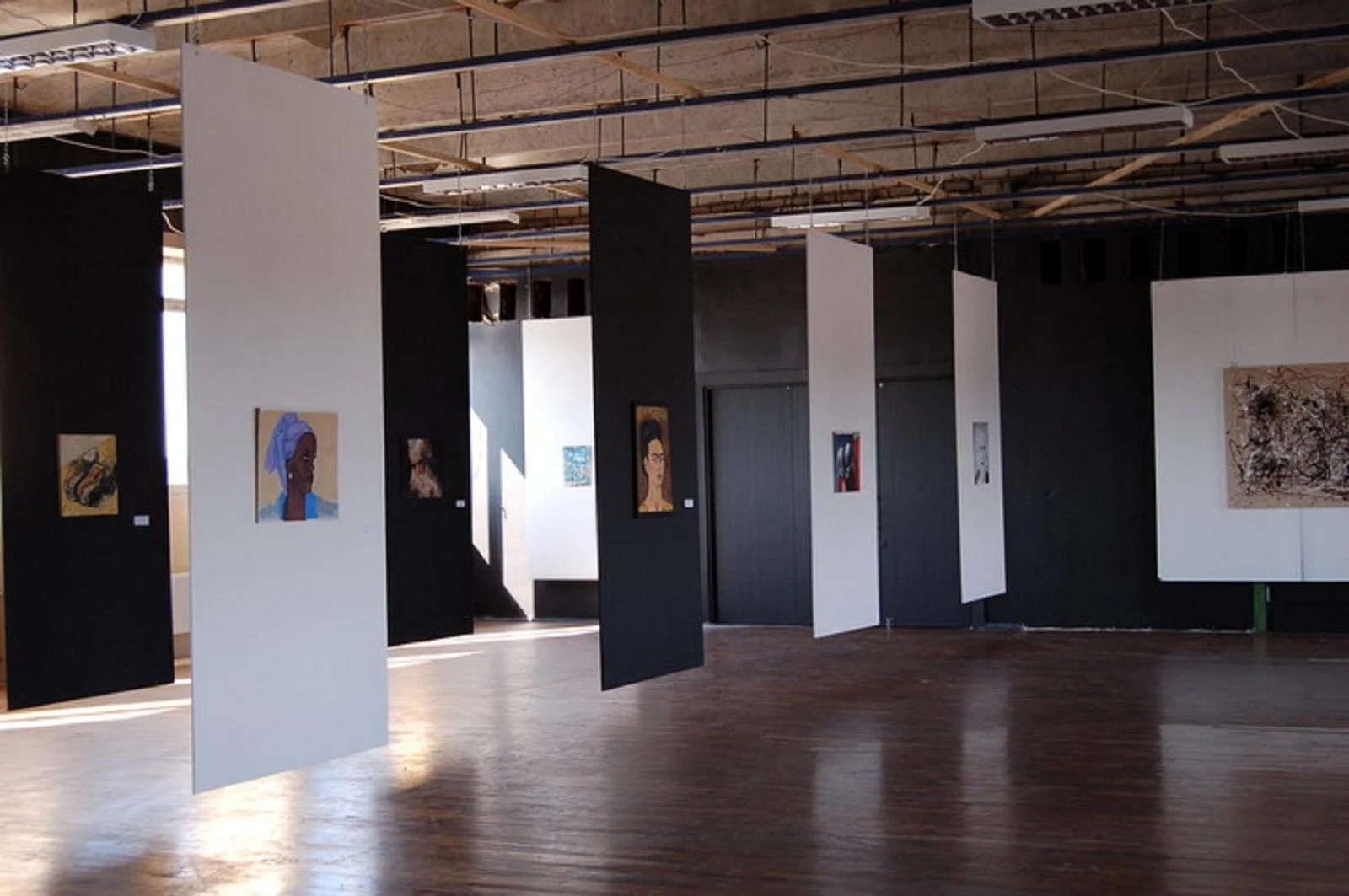
Raplamaa Centre for Contemporary Art
If you want to raise your artistic awareness and develop your creativity, you can learn new skills on our various art courses. We also organise a range of cultural and artistic events, training courses, workshops, study trips, create art projects and collaborate with other creative industries.
The Raplamaa Centre for Contemporary Art has grown out of the Rapla Art Society’s Art Workshop. Rapla KKK introduces Estonian contemporary art both in Estonia and abroad.
Our mission is art. If you’re an art lover too, come and let’s create new values together. Courses can be booked in advance. Open Tue-Fri 15-18 during exhibitions.

